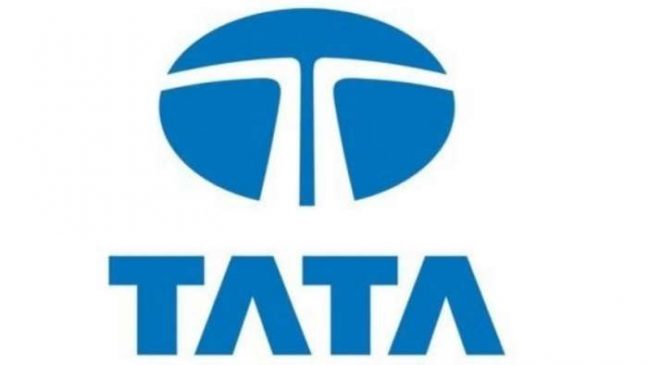Amid all the rumours doing rounds of IPOs being planned for Tata Play and Tata Technologies, the salt-to-steel conglomerate Tata Group, which has 29 publicly listed enterprises with a combined market capitalisation of $314 billion (Rs 23.4 trillion) as of December 31, 2021, may silently be prepping up for a very different IPO. India’s electronic industry is poised to grow to $300 billion by 2025, a share of which Tata Group will be eyeing with Tata Electronics Pvt Ltd (TEPL). Incorporated in 2020, this greenfield venture has expertise in manufacturing precision electronic components and has a manufacturing facility in the Krishnagiri district of Tamil Nadu.
The recent development that has put Tata Electronics in the spotlight is Tata Sons Chairman Natarajan Chandrasekaran confirming the company’s plans to venture into the semiconductor business, which is pegged to reach $1 trillion revenue by 2030 globally. Under Tata Electronics, the group plans to set up an Outsourced Semiconductor Assembly and Test (OSAT) to start with. Also referred to as assembly, testing, marking, and packaging (ATMP), this plays a crucial role in semiconductor manufacturing as no chip can be used in a product without going through the packaging and testing process. For the same, the group also hired Raja Manickam as the CEO of Tata Electronics OSAT India.
Read More: Lenders of Reliance Capital finalise e-auction process for bidders
However, the Tata Group might not look at mature technology for OSAT, which is easy to develop and drives around 75-80% of the revenue in the industry. Instead, the company is evaluating Advanced Packaging, which is engineering-led and involves a wafer fab like processing. The latter is becoming important as leading companies like TSMC and Intel have advanced nodes. But as India does not have any fabs yet, Tata Electronics, and even the other upcoming OSATs, will have to get processed wafers from outside.
Semiconductor analyst Arum Mamphazy told Business Today: “It’s not a matter of when Tatas will get into semiconductors. They will get into semiconductors if there are big names that they are associated with or if they have a very solid plan. In fact, around mid-term next year, they might decide whether to apply for a silicon fab or a compound fab. As Tatas are interested in automotive, something like a Gallium Nitride and Silicon Carbide fab also could be of interest.”
In February 2021, Tata Electronics signed a memorandum of understanding (MoU) with the Tamil Nadu government to set up a facility for manufacturing mobile components. The company was set to invest Rs 4,684 crore in the new plant in Krishnagiri. Back then, N Chandrasekaran had said that this was a very large project in precision engineering and manufacturing and would create capabilities for the country. And now Tata Group is also in talks with Wistron to establish an electronics manufacturing joint venture to assemble iPhones in India.
Read More: Job Cut! Intel to lay off its employees soon to cut ‘human costs’ – Details Inside
Going by the developments, Piyush Nagda, Director – Private Wealth, Monarch Networth Capital Ltd., told Business Today, “Tata Electronics is a new venture by Tata Group targeting manufacturing of precision components like semiconductors, EVs & EV batteries. It’s a niche segment with a huge market size, but it will take a multi-year cycle for Tata Electronics to set up manufacturing facilities and see business traction. It’s a long way for them to go public.”
While it may take 5-7 years for Tata Electronics Private Limited to be IPO-ready, there is no order or sequence when it comes to business decisions. And given that Tata Electronics will have tie-ups with big names, this is one unlisted Tata Group company you may wish to watch out for.





































